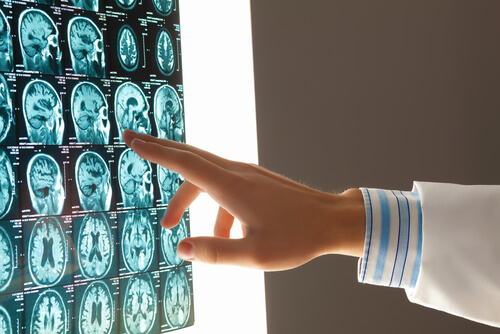Brain trauma demands a detailed and timely evaluation process. Neuroradiology has become a central part of this response, offering advanced imaging tools that help specialists detect, monitor, and understand injuries involving the brain and nervous system. Through this focused medical field, providers gain the insight needed to make decisions during complex and time-sensitive cases.
Imaging for Fast and Clear Diagnosis
In cases of brain trauma, time and accuracy influence outcomes. Neuroradiology offers imaging techniques that capture detailed views of soft tissues, blood vessels, and internal brain structures. These images allow specialists to pinpoint areas affected by swelling, bleeding, or tissue damage. The ability to view injuries in such detail helps reduce delays in diagnosis and provides direction for the next steps in care.
Techniques used in neuroradiology include MRI and CT scans. These tools reveal signs of trauma not visible through a physical exam or standard imaging, which is especially useful for injuries with delayed or subtle symptoms.
Identifying the Extent of Internal Injury
Not every brain injury presents the same way, and symptoms do not always match the severity of damage. Neuroradiology helps medical teams assess the full extent of an injury, including bleeding, swelling, skull fractures, or signs of disrupted brain function. This level of assessment is particularly key in situations where patients may not be able to clearly describe their condition due to confusion, loss of consciousness, or speech difficulty. By identifying the internal impact, neuroradiology contributes to a clearer understanding of a patient’s prognosis. It also assists with classifying trauma as mild, moderate, or severe.
Supporting Ongoing Monitoring and Recovery
The value of neuroradiology continues long after the initial diagnosis. Follow-up scans are used to monitor the brain’s healing process, track changes, and detect complications early. This monitoring helps providers adjust care if swelling increases or if a new issue appears, such as fluid buildup or shifting brain structures.
In rehabilitation planning, imaging results help identify which areas of the brain were most affected. This information guides specialists in designing therapy programs that match the patient’s specific recovery needs. In this way, neuroradiology contributes directly to both the immediate and long-term stages of recovery.
Aiding in Surgical and Non-Surgical Decisions
In many brain trauma cases, the choice between surgery and observation must be made quickly. Neuroradiology provides the clarity needed to make those decisions with more precision. Surgeons rely on these images to locate the exact site and size of a hemorrhage, brain shift, or skull damage. In cases where surgery is not required, neuroradiology helps confirm that the injury is stable and that symptoms can be managed through medication or rest. Because each injury responds differently, imaging allows for a more personalized care plan. Without the insight offered through neuroradiology, these decisions would carry more risk and uncertainty.
Understand Neuroradiology and Brian Trauma
Detailed imaging records created through neuroradiology serve as documentation for both clinical and legal purposes. These images may be used to track changes in condition, share findings across care teams, or contribute to legal reports. Having a reliable visual record supports the accuracy of care and helps establish a timeline of injury and treatment.
Neuroradiology plays a vital role in understanding and managing brain trauma. Its ability to reveal the inner workings of the brain with clarity gives medical teams the information needed to act quickly and with purpose. Neuroradiology remains a trusted guide through each step of the evaluation process.


Leave a Reply